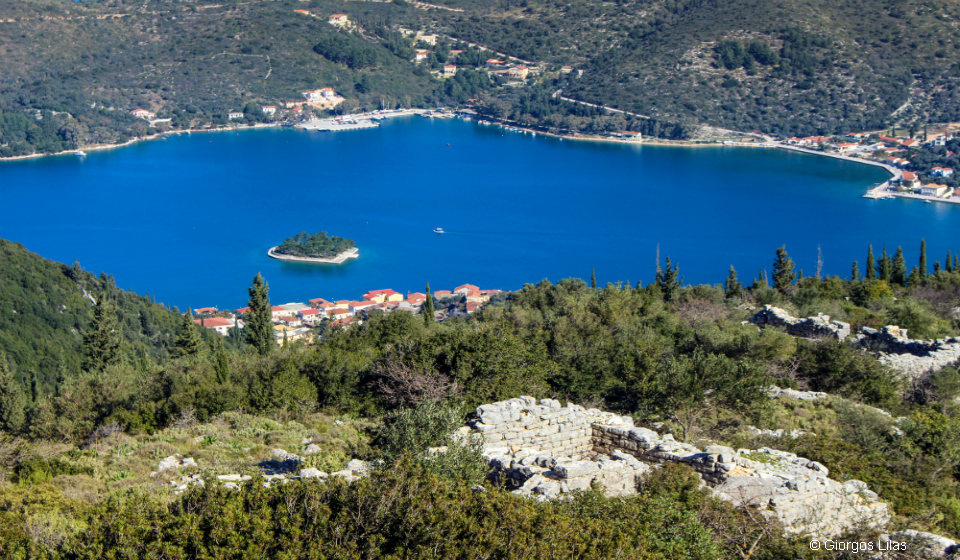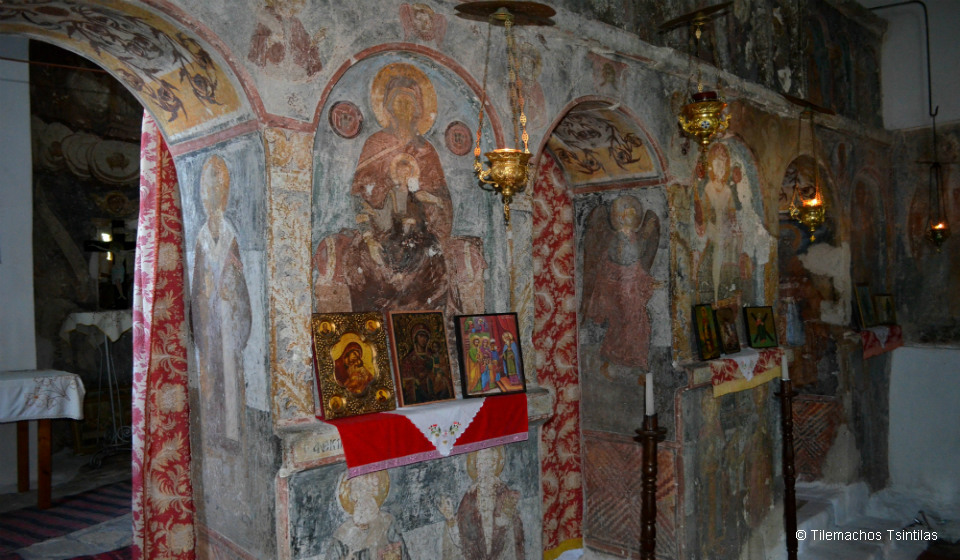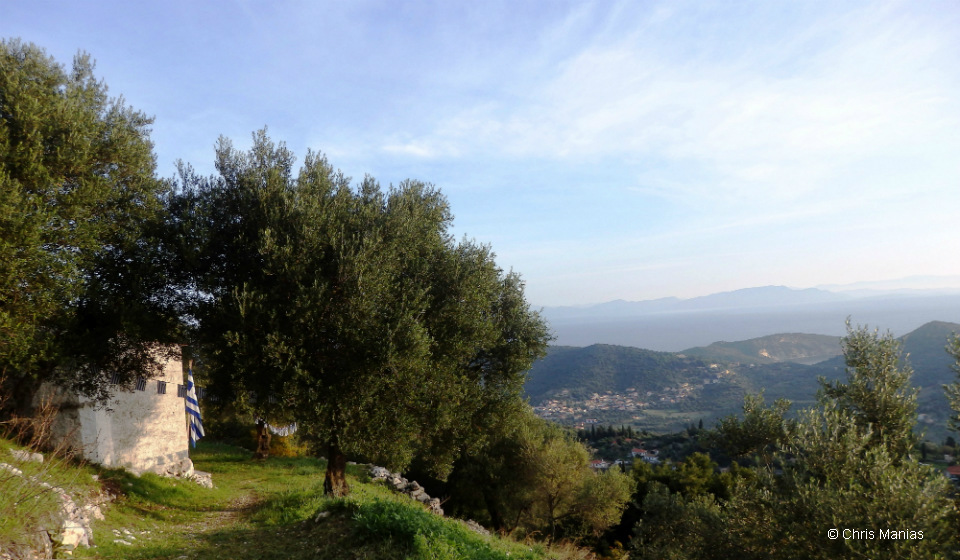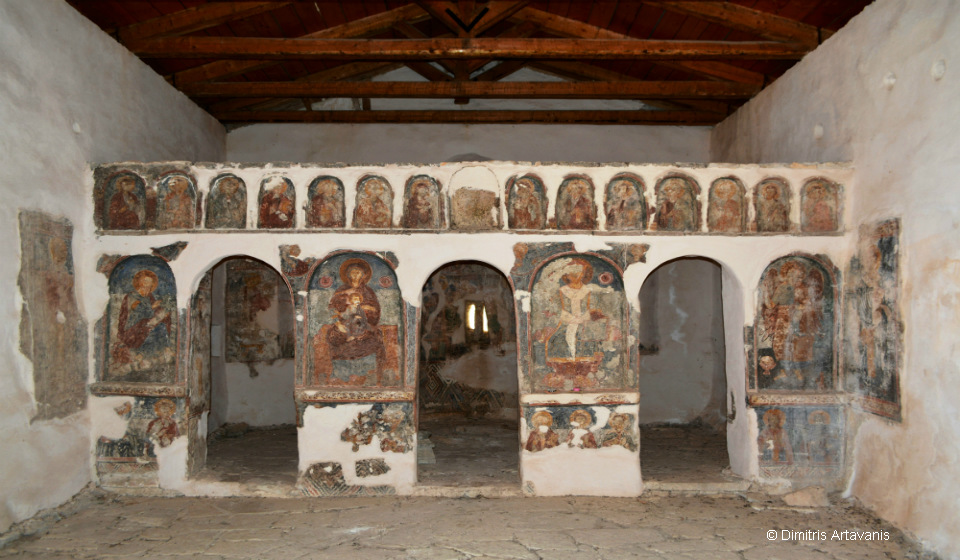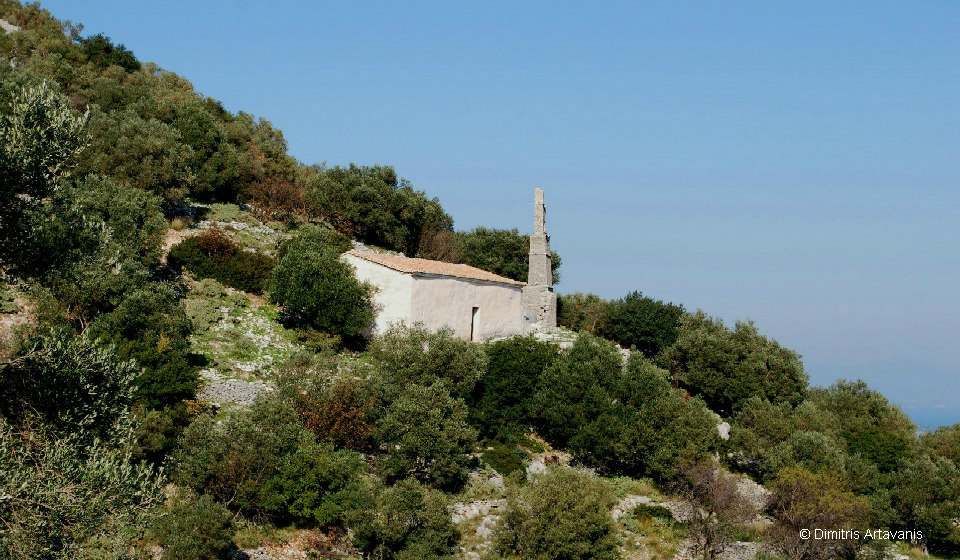Monuments & Natural Sites
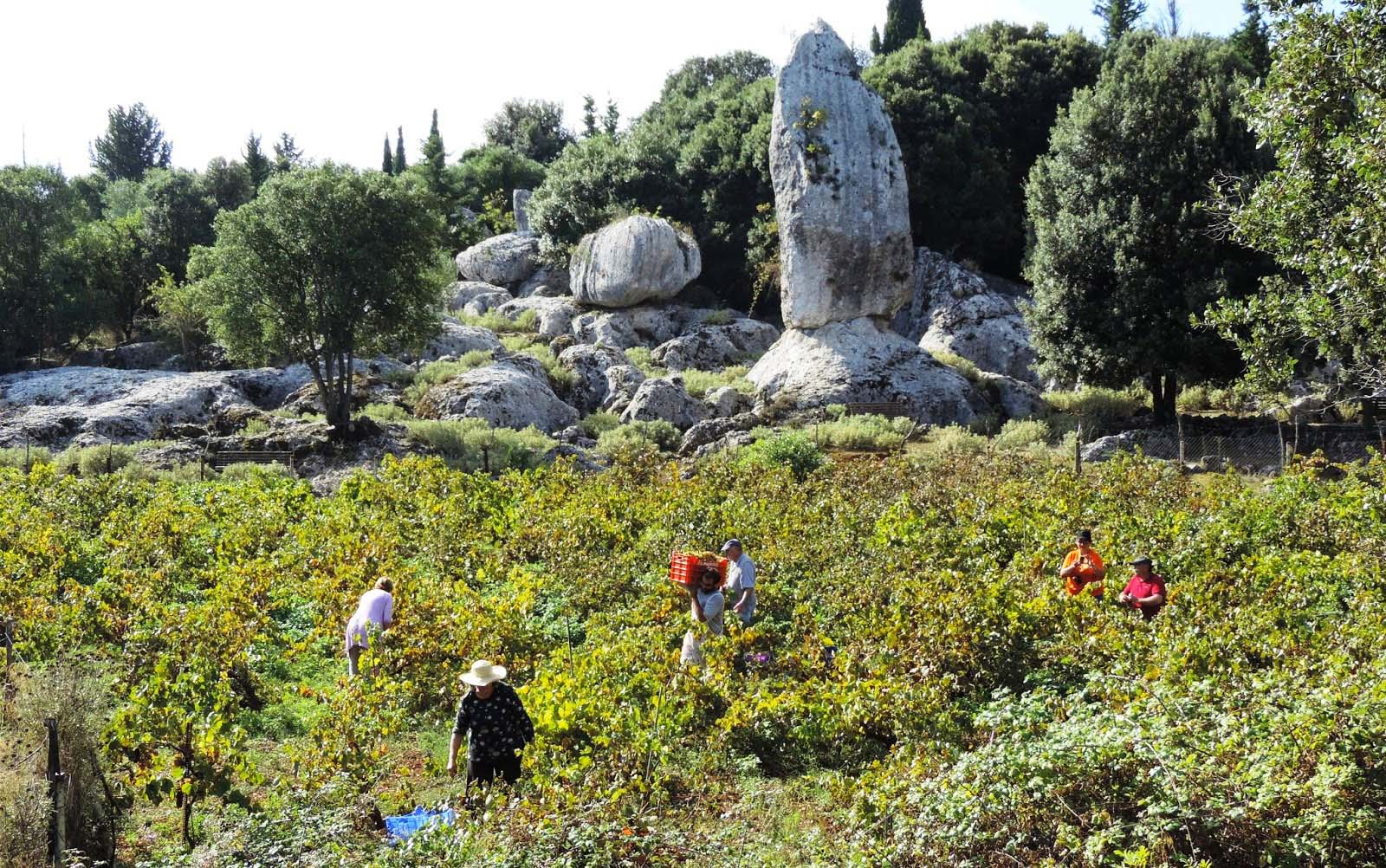
© Alexandra Vavarigou
Palaiochora
The ruins of the Medieval Settlement of Palaiochora are on the slope opposite the picturesque village of Perachori. The churches and houses that remain today, allow the visitor to envision Palaiochora as it once was in its glory. When the settlement was under attack, the houses were used as forts and were built with architectural design for defense, that is, with small narrow windows (embrasures) and no balconies.
The location of Palaiochora was very carefully chosen with a clear view of the Ionian Sea, so any enemy ship entering the harbour would be immediately visible.
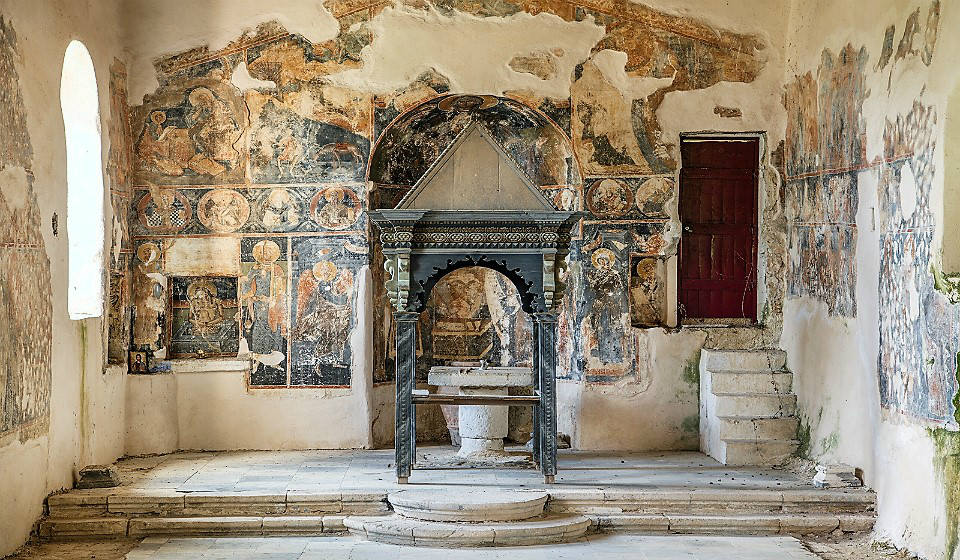
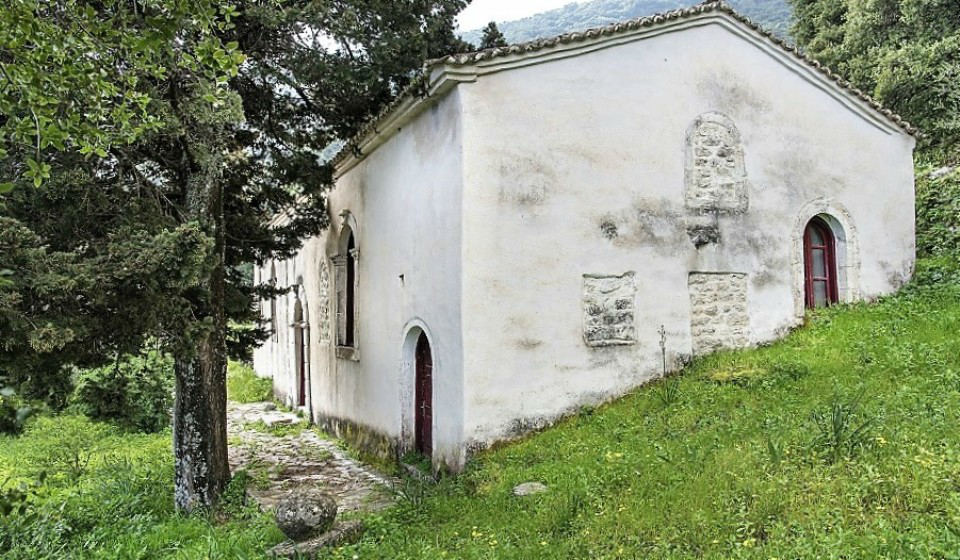
The three churches we find in Palaiochora are all monuments of Byzantine art and have been classified as historical monuments. They are as follows : Firstly, the Dormition of Virgin Mary or Palea Panagia. Secondly, the chapel of Virgin Mary or Maroulatiki which was restored in 1970 and village residents have maintained ever since. A service is held annually on the 21st November. Lastly, the church of Agios Ioannis, with its tall stone steeple. Palea Panagia and Agios Ioannis have both been restored by specialists and all three churches are considered to have priceless murals.
To get to Palaiochora is easy as a pathway exists which leads among the ruins. The visitor can admire these man-made works and enjoy the breathtaking view, which will surely draw him back again and again.
Lazaretto
Lazaretto is a beautiful, small island situated in the bay of Vathy. It is covered with pine trees and has only one erected building: the chapel of the Transfiguration of the Savior. During Venetian rule, it served as a quarantine station for ships, passengers, crew and goods entering Vathy harbour. Since 1560 all ships were placed in quarantine for 40 days, before they reached Ithaca. In 1817 under British rule, a double storey building was built covering the whole island, this would later be used as a prison. During the earthquakes of 1953 the building suffered serious damages and was demolished.
The chapel, which was built in 1668, still stands today and attracts believers on the 5th and 6th of August annually. Recently Lazaretto has become a very popular destination for romantic weddings from all over Greece.
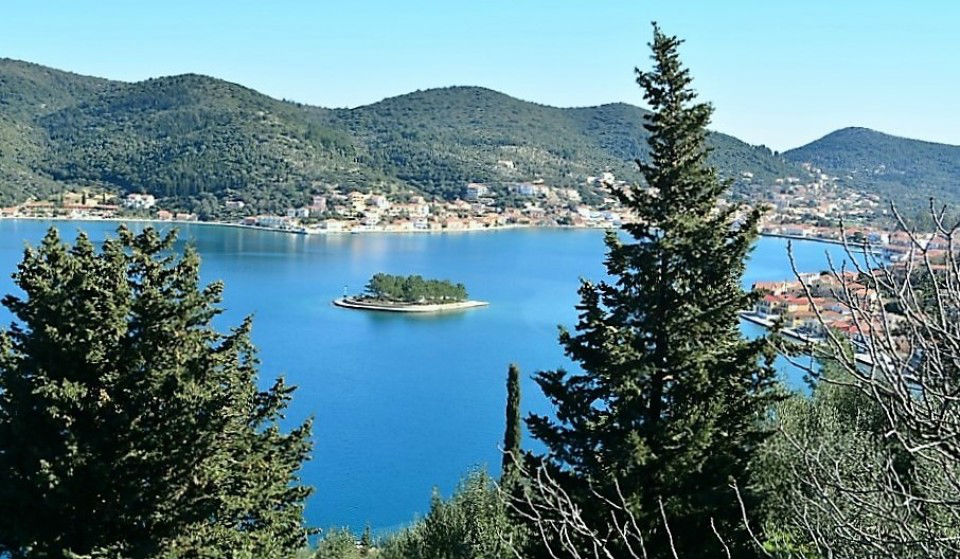
Alykes
Alykes is situated in the northeastern part of the island, in the greater region of Marmakas and close to Melissa. It is a seasonal salt lake approximately 3000 square metres in size. The winter season fills the wetland with salt water from the sea and Posidonia leaves. The rain also transfers clay, which settles to the bottom of the lake bed. During the summer, the water evaporates leaving a muddy organically rich substance.
The WWF has declared Alykes as the only wetland in Ithaca (ITH001). Migrating bird (such as egrets, grey herons, ravens) often stop to rest here, especially during the autumn and winter season.
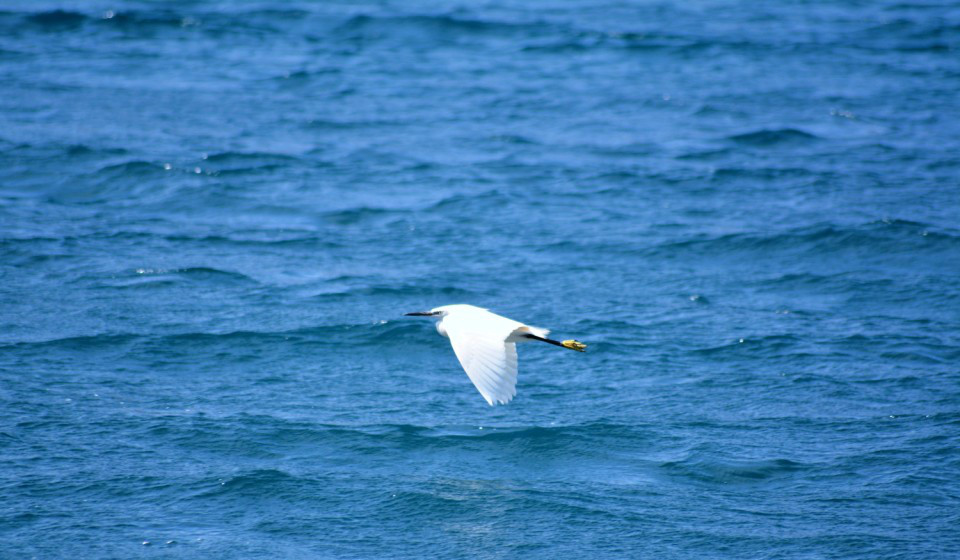
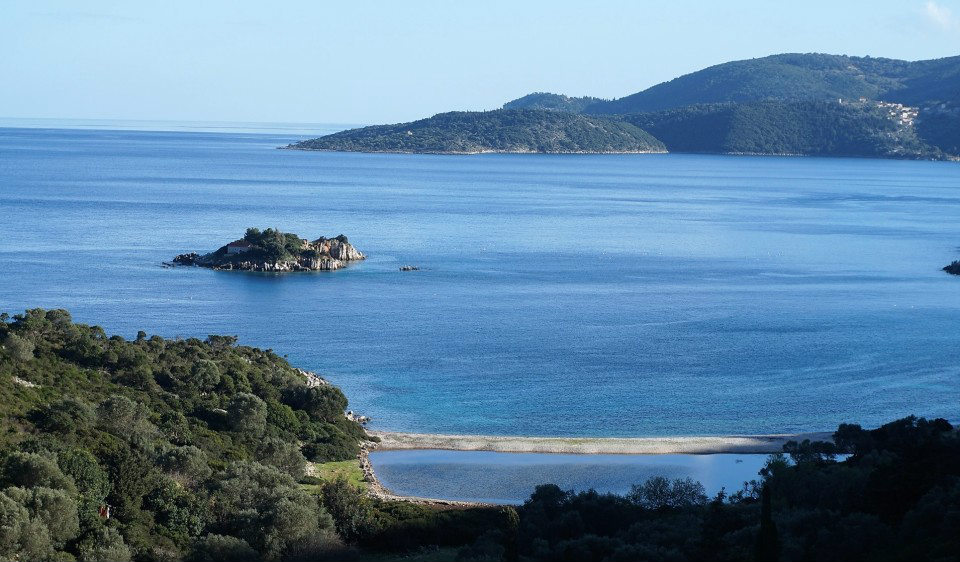
Initially, as evident also from the name Alykes (meaning ‘salt marshes’), local residents used to collect salt from this region and later used the area for mud baths, due to their natural healing properties. However, these uses were progressively reduced and the area was slowly abandoned, leading to the accumulation of waste brought in by the northeasterly winter winds. In 2008 a serious attempt was made, to clean the area, with great success.
Alykes on the east, borders with one of the biggest and nicest beaches in Ithaca, it is relatively easy to access and thus is very popular during the summer. Authorities, residents and visitors of Ithaca must all take care as the wetlands, Alykes, is of great biological significance for Ithaca as a whole.
Monolith Anogi
In the greater region of Anogi, around the village and mount Niritos, Ithaca’s most significant natural rock formations can be found: huge monoliths with dominant prehistoric megalith features. In addition, high in the saddle of mount Niritos, northwest of Anogi, there are twelve smaller boulders of varying shapes and sizes.
The impressive monoliths and the numerous rock formations scattered on mount Niritos renders Anogi a very significant Greek location that requires further attention.
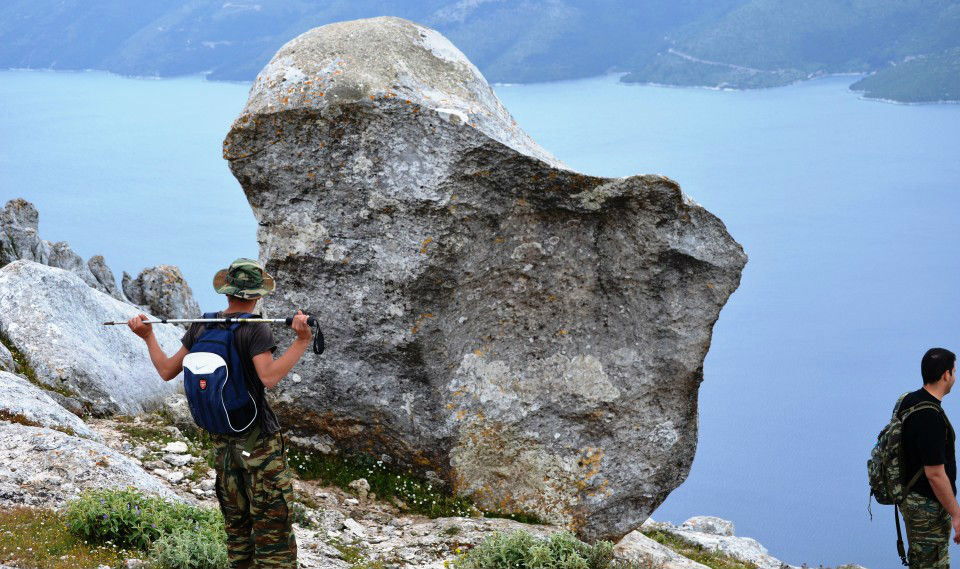
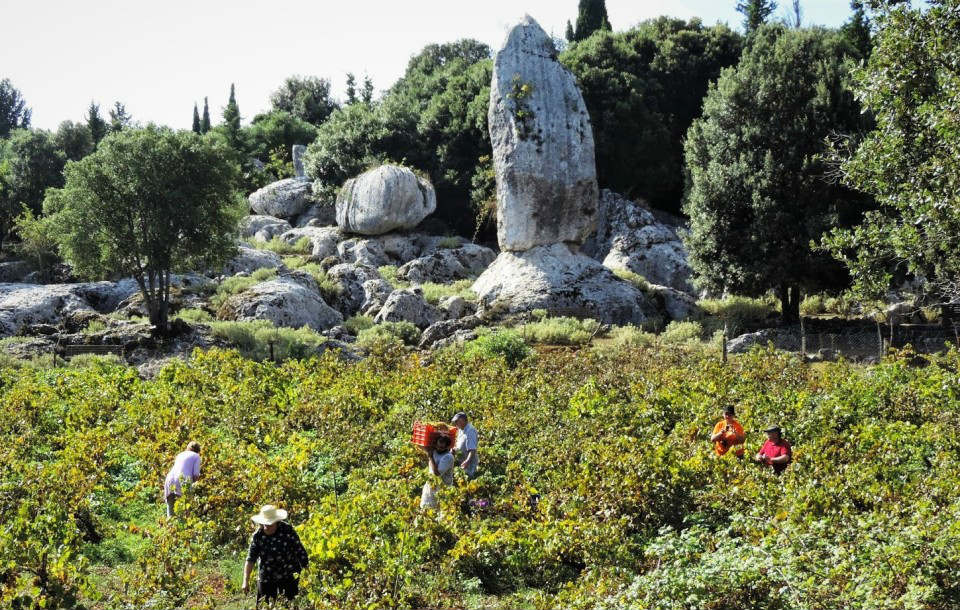
The biggest megalithic formation, “Araklis “, is found 600 metres east of the village and has a height of 9 metres. It is fusiform shaped and stands on a wider rock pedestal surrounded by smaller boulders of varying shapes and sizes.
Also close to the village square we find “Kourkoula” and “Kavelari”. Coming into the village, next to the road leading to Vathy, we also find Psilo Lithari. The latter has distinct chip marks, as 110 years ago a stone sculptor, Ioannis Paxinos attemptedto depict the horse of Alexander the Great, Bucephalus. His attempt was abandoned after the head was accidentally broken.
The Forest “Afentikos Logos”
The Perachori Forest, in the area ‘Afentikos Logos’ is south west of Perachori which extends to Mount Petaliatiko and to an altitude of 450-500 metres. It faces north east with a slope inclination of 50 to 60%, covering an area of 80000 square metres. The soil is shallow to moderately deep, with relatively little erosion and moderate degradation of organic matter.
Afentikos Logos is covered with evergreen oaks (Quercus ilex) whose height can exceed 12 metres.1 On the outskirts of the forest we have the presence of scrub vegetation consisting of arbutus ( Arbutus unedo), lentisk (Pistacia lentiscus) and kermes oak (Quercus coccifera). Growing among the scrubs, are aromatic and medicinal plants such as sage (Salvia trilobal), valerian (Valeriana officinalis), wild asparagus, numerous flowers such as orchids, irises, anemones and cyclamens, which flower in the beginning of February until late spring and early summer. After the first autumn rains, its unique microclimate helps in the development of many different types of mushrooms.
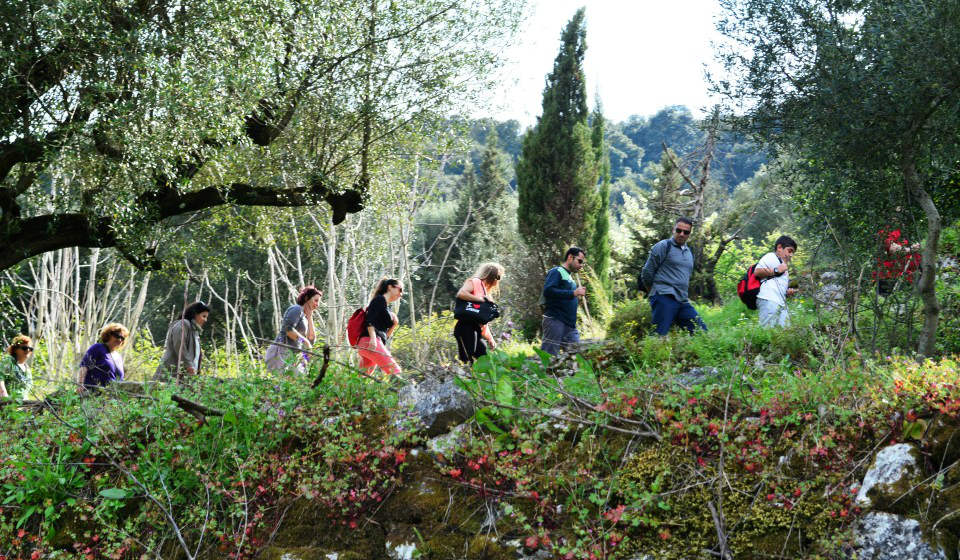
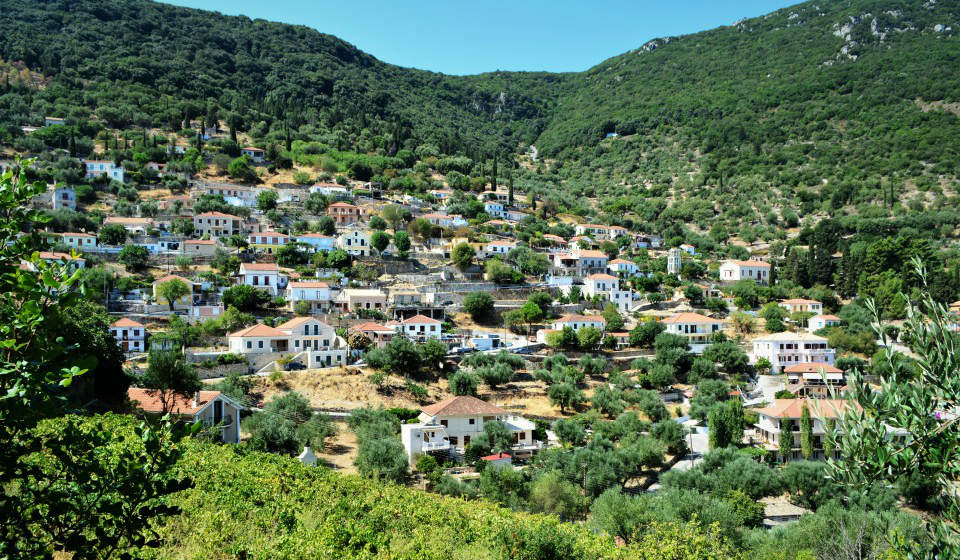
The landscape and morphology of the terrain allows the development of many reptile species and small mammals, such as the stone mart en ( Martes foina), hedgehog (Erinaceus concolor) and various other rodents, such as the hare (Lepus europeus). Also the dense and impenetrable vegetation creates ideal conditions for many bird species (such as the falcons), which rest and re-energize during the summer.
A tour of this forest is a unique experience for every visitor and with the help of a guide, one can be introduced to native plants and numerous bird species. Climbing to the top of this region results in a unique view of Perachori, Vathy and mainland Greece.
References:
1 Quercus ilex is a slow growing evergreen tree, making it ideal to adapt to poor soil, water and temperature conditions. In Greece they grow to be small trees rarely exceeding 12-15 metres. For this very reason, Quercus ilex rarely forms a forest like Afentikos Logos, and thus must be preserved. In the case of Afentikos Logos, unfortunately, there is no proper planning for the promotion, protection and management of this area’s natural wealth, as there is no responsible authority other than the Forestry Department.

